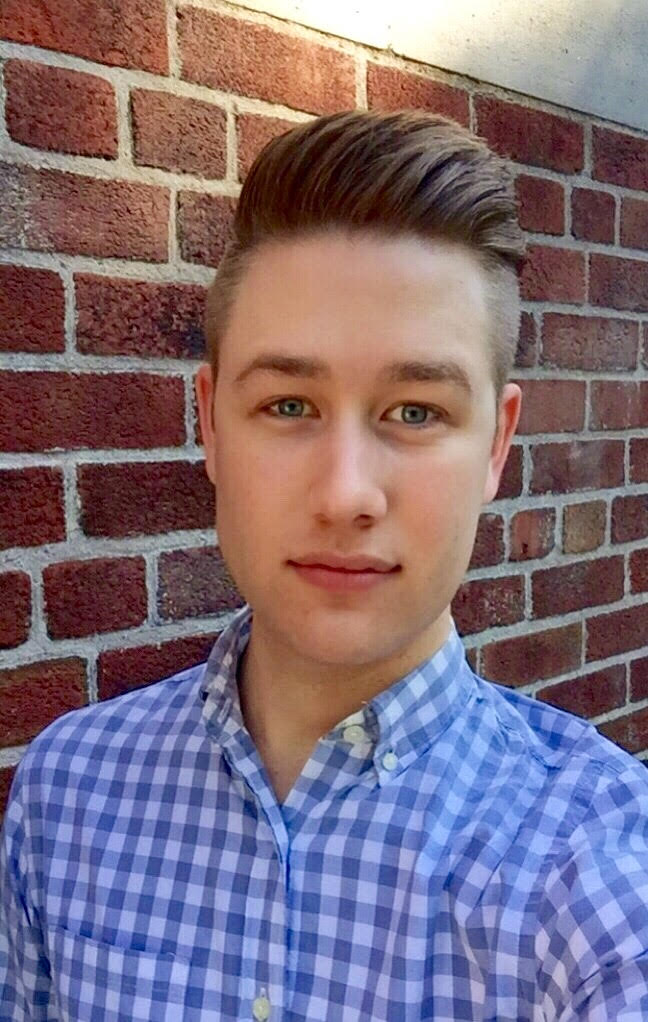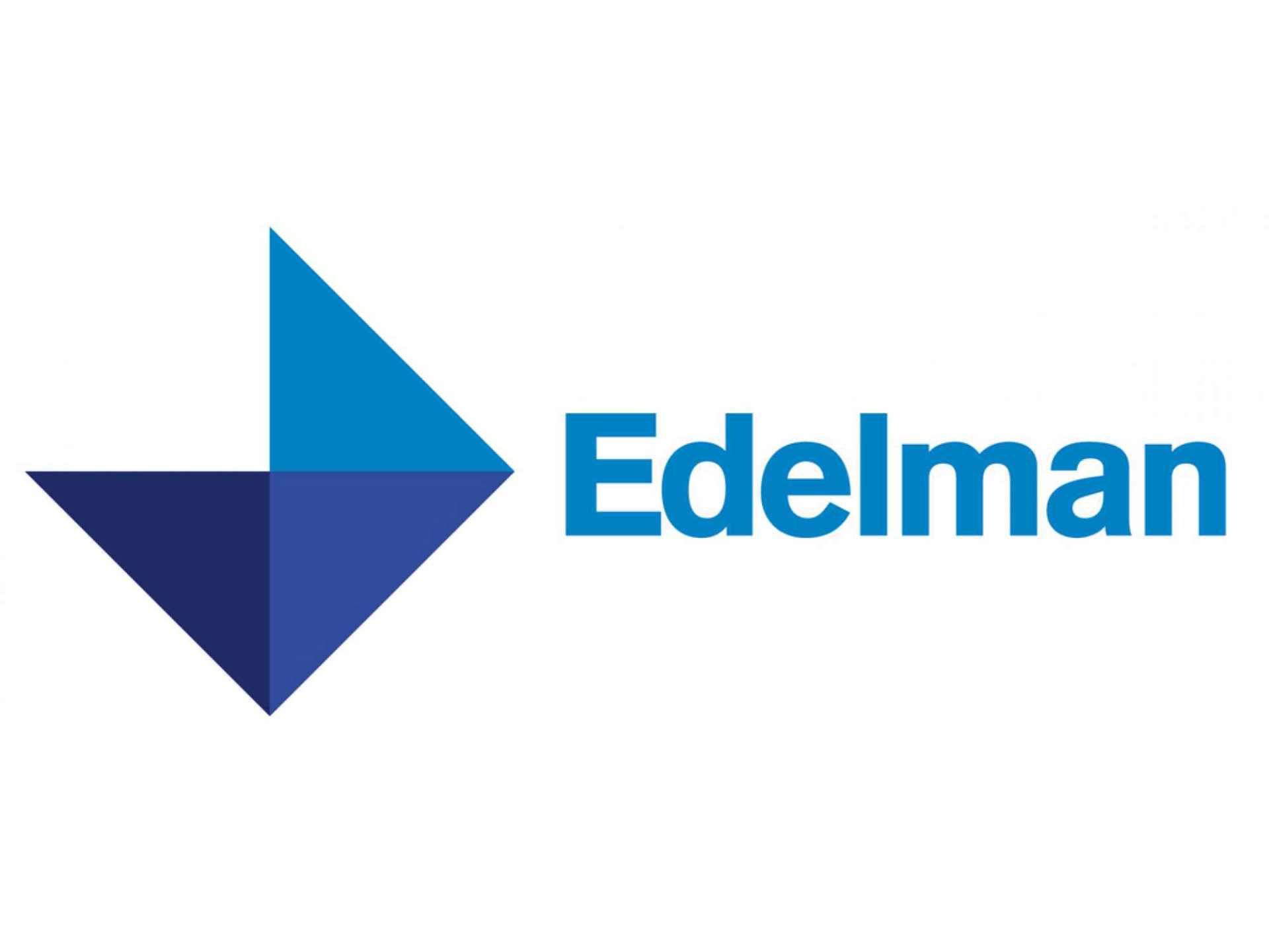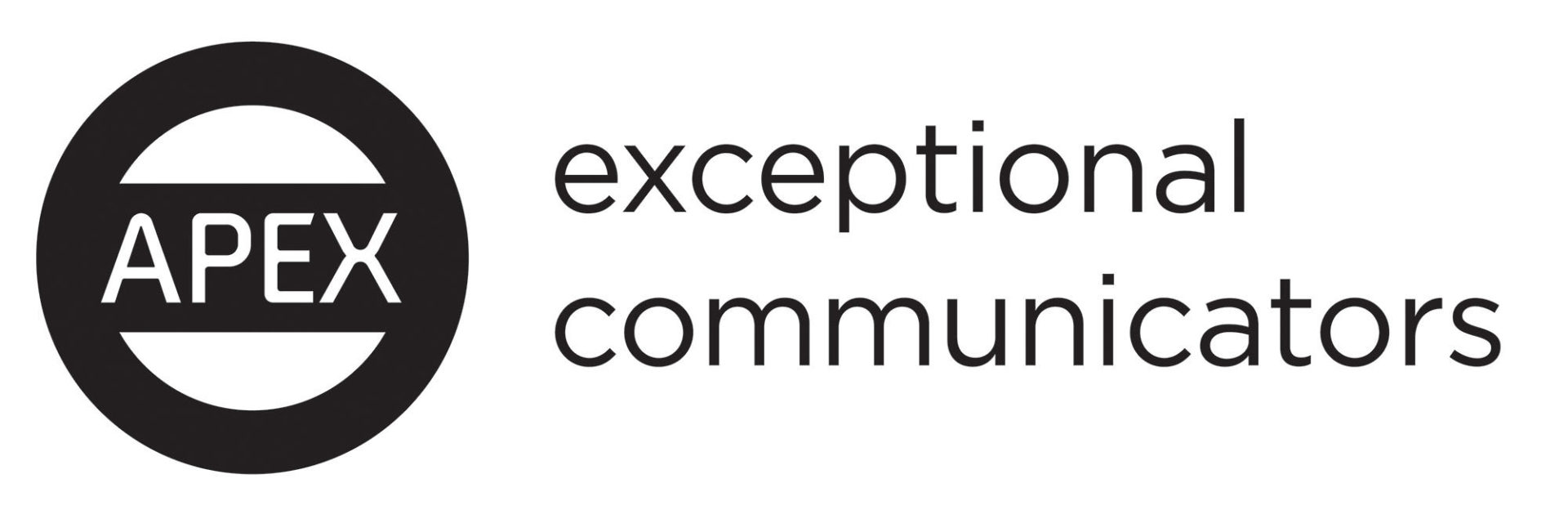Everything You Wanted to Know About Journalists But Were Afraid to Ask
By Melissa Meyer, Communications Assistant, CNW Group
This post originally appeared on CNW’s Beyond the Wire blog, at: http://cnw.newswire.ca/blog/Media-Relations-BestPractices.html
In Canada, PR professionals outweigh journalists 4:1 and media outlets continue to consolidate as newsrooms keep shrinking. It’s never been more important for PR professionals to have top-notch media relations skills, but approaching a journalist can still be challenging even with the added convenience of social media. How can PR build real relationships with Canadian media?
On June 23rd, CPRS Toronto presented survey data collected from Canadian journalists by Leger and CNW about their PR and media relations preferences. Presented by Dave Scholz, Managing Partner of Leger 360 and Laurie Smith, VP Strategic Communications, Media and Audience Relations at CNW, the study results reinforced some key essentials and introduced new ideas foranyone seeking to improve their pitching skills.
A panel moderated by Daniel Tisch, APR, FCPRS, President and CEO, Argyle Public Relationships included Linda Andross, ABC, Managing Partner at APEX PR/ruckus Digital, Stacey Dunseath, Executive Producer for The Agenda with Steve Paikin, Steve Ladurantaye, Managing Editor, Digital News at the CBC, and Mary Vallis, Life Editor for the Toronto Star. Here are a few highlights from the lively event:
It’s “and” not “or” when it comes to methods of reaching journalists
Include new channels into your media outreach strategy, but don’t abandon old ones. For example, the existence of Twitter has not rendered news releases obsolete; both are now required according to journalists, who understandably don’t want you to make them work too hard to find your story idea.
When weighing the merit of writing about your news, journalists will consider how the story will play out across all platforms, whether in print, digital, social or broadcast, depending on the outlet and the opportunity. PR practitioners should think the same way when pitching and create ways to make this easily apparent in their pitch or news release.
“The story we tell on the CBC’s website is different than the story told on Twitter, which is vastly different than how a story will be shared on Snapchat,” said Ladurantaye.
The study found that while some journalists like being pitched over email, some still prefer a phone call (!!!) and some prefer social media exclusivity. For PR practitioners, it really comes down to learning about the people on your distribution list and catering to their individual preferences.
“Be willing to step outside your format in order to meet my format,” said Vallis.
This means, that if you really want to do things well, you’ve got a lot of work to do on that media list BEFORE you actually need that media list. It’s too late on the morning of a big announcement to be concerned with tweaking individual pitches – you need to have done this in advance or you’re only going to have time to prepare a generic “blast” style email pitch to your entire list and hope for the best. On that though, while journalists hate the impersonal touch, if the news is good enough or if the pitch demonstrates relevance to their audience, they’re going to pursue it no matter how it arrives.
When it comes to following up on a story pitch or news release, every journalist’s preference will differ. Stacey Dunseath welcomes follow up calls, as stories are sometimes overlooked unintentionally, whereas Mary Vallis would rather not receive follow ups — at all.
Journalists receive, on average, 11 pitches per day. Despite what we read and hear, almost half of journalists surveyed thought the number of pitches they receive is “just about right” while the restsaid it was too many. A surprising 4% of respondents reported they don’t get enough pitches!
Helpful hint: The majority of journalists said bullet points are best in a pitch – don’t get bogged down in lengthy descriptions.
The bottom line:
PR professionals should take the time to the personal preferences of the individuals on their media lists and tailor their pitches and outreach channels accordingly.
Build real relationships
“Relationship building is an analog process,” said Tisch.
“PR practitioners need to put work into their media relations,” added Andross.
“I’m more likely to read your email if I already know you’re a good source,” said Vallis.
“If I know you, and I like you, I will do you a favour once in a while if I can,” said Ladurantaye.
“One of my dearest friendships started out as a PR-reporter relationship,” added Dunsneath.
So where should you start? According to Dunseath, it’s quite simple; “take a journalist out for coffee; it’s a great way to get started.”
Don’t forget thatengaging on social media isn’t the same as a real relationship. “Social media makes us feel closer, but we truly aren’t,” reminded Ladurantaye. All panelists recounted PR professionals who have become close friends because their relationships spanned beyond their work responsibilities.
A word of caution to young PR professionals: it’s not as easy as our panel made it sound to take a journalist out for coffee. Much like needing job experience to get a job, you also need to know a reporter in order to get to know them over coffee. It may take some time to find the right opportunity to do so, but it should be an activity you pursue over the course of your career.
While it is often the case that pitch emails and follow up calls fall to those with the least experience, this is not the best approach. Andross advised that the right people to be pitching a client’s story may be scattered throughout an account team. Take the time to review your media list in advance and determine who has the best relationship or credibility with each journalist.
The panel also discussed the advantage of using exclusives to build relationships and create the best coverage for your news.
Exclusivity is high on a journalist’s wish list. “I don’t want the story that everybody gets,” said Ladurantaye. “Pitch where you will get the most bang for your buck. Even with one outlet, others will follow.”
Indeed, one of the main sources for story ideas comes from what other news organizations are writing about. This is the case for 43% of journalists surveyed.
If the story is perfect for a particular outlet, there may be no point in sharing it with several others and risk no one covering it at all. It often takes some discussion up front to determine interest and set out timing, so plan accordingly.
Andross advised that before undertaking a one-outlet approach, the PR team should always get buy-in from the client. “Educate your clients to understand that not every journalist wants to be pitched for everything and in the same way as everybody else,” said Tisch.
If you don’t have buy-in, or if you firmly believe the story has broad appeal, try to create alternative angles for different outlets, to prevent them from covering the story in identical ways.
Helpful hint: Always include multimedia with your news release and experiment with including different images with your tailored pitches. Don’t include them as large attachments. Try using Dropbox instead.
The bottom line: The media is a competitive business and journalists don’t like writing the same story that someone else is writing. Be creative and present each outlet with a way to cover it best, their way.










